SHEIN, the fashion powerhouse founded in 2008, has made much progress since its founding. SHEIN, known for its cheap clothing, saw a 250% increase in sales in 2020 compared to the previous year.
What can businesses take away from their success?
This guide will explain SHEIN’s Marketing Strategy and how to replicate it.
We will be covering the following:
The History of SHEIN
Website and app of SHEIN
SHEIN Pay-Per-Click Ads
SHEIN’s Social Media Strategy
We’ll show you how to replicate SHEIN’s marketing strategy, even if your brand is not a fashion retailer.
History of SHEIN
Shein was founded by Chris Xu in 2008. The company is known for its cheap clothing and other home goods or technology products.
SHEIN has its headquarters in China but ships to over 220 countries. SHEIN will be the most prominent fashion retailer by 2022 after a 100 billion funding round was completed in April 2022.
SHEIN focused its efforts in 2011 on wedding dresses and women’s clothing, similar to drop-ship companies.
In 2012, SHEIN launched social marketing campaigns with fashion blogs to promote giveaways and products on Pinterest, Facebook, and Instagram.
SHEIN changed its strategy in 2014. They began to acquire their supply chain system. This moved them away from drop shipping and towards becoming a fully-integrated retailer. Romwe, a Chinese eCommerce retailer, was also developed by the company.
SHEIN’s digital marketing strategy is a great way to see how this fast fashion retailer stands out.
SHEIN App and Website
SHEIN offers a 25 percent discount for app users. The SHEIN app is an excellent example of this strategy, as it was the second most popular shopping app worldwide in 2021. In May 2022, the app became the top downloaded app in the USA.
SHEIN’s website hasn’t seen a drop in traffic because of the high number of app downloads. Semrush*states SHEIN receives 50 million monthly visitors via organic search.
Pop-Ups
It might seem strange to begin with pop-ups – aren’t they universally hated? If they’re done correctly and offer worth for the visitor, then no.
SHEIN offers discounts that can be “collected” with a single click. These vouchers are then applied to your entire order. SHEIN is immediately positioned as a fashion retailer that offers cheap products. The coupons are what give the impression of the prices.
After you close the first pop-up, another offers additional discounts for registering with the website. This is a clever way to immediately get visitors on the SHEIN mailing list. The offer includes the following:
A PS3 discount.
Free shipping for orders above PS35.
Free returns for up to 60 days.
All in exchange for an email address that can be used for automated emails or retargeting with ads on other sites.
What does it look like on the SHEIN App?
You will be prompted to enable app notifications by a pop-up. SHEIN includes exclusive vouchers, order status updates, and daily check-in notifications. We’ll discuss the daily check-in feature further in this guide.
The same pop-ups we saw on the desktop are displayed without the PS3 email sign-up. They may focus on getting users to sign up for notifications instead of emails. Including both would be excessive.
How can you incorporate these tactics into your marketing strategy
Give people a for creating an account or joining your mailing list.
You can give a discount if you sign up for your mailing list or create an account. If you can’t, create perceived values more than “sign up for our newsletter to get the latest news.” Offer an extended return policy for those who create an account or free shipping to customers with a lower order amount.
Offer people reasons to activate notifications if they have an application. People are choosing which notifications to turn on as notifications constantly bombard them. Don’t send too many notifications. Testing the frequency of notifications and monitoring how many people have them on is important.
Benefits Bar
SHEIN lists the main benefits of shopping at SHEIN in a benefits section just below the menu. The benefits are related directly to the marketing strategy of SHEIN.
SHEIN has played a major role in the social media hype around “Shopping hauls.” SHEIN’s products are inexpensive and can take some time to ship, so customers prefer to place a larger order at once rather than placing smaller orders.
SHEIN offers free delivery on orders above PS35, and 60-day returns are free. SHEIN knows that their customers will likely spend an average of PS35 on the cheaper items, so they know they’ll need to order more to reach the PS35 threshold for free shipping.
The benefits bar can also handle objections. Google’s “Is SHEIN?” results include questions about quality and free returns. They make it very clear that they offer free returns and an extended period for returns.
The benefits bar on the app has undergone a few changes. The most notable is that “check-in” has replaced the app discount.
Check-ins are a great way to encourage users to use the app daily. By checking in daily, the user is rewarded with points they can use to make purchases. They’re not only being encouraged to use the app every day, but they will also be considering purchasing using the points they have accrued in the future.
The page will also include clothing items tailored to the user’s search history or previous purchases. SHEIN will try anything to encourage users to buy. This is just one example. These tactics may be working for SHEIN, given their high valuation.
This type of customer engagement is unsuitable for a B2B model or service-based industries, but it works well for eCommerce businesses.
How can a benefit bar be used on your website or app to promote it
Include three benefits to shopping with you or using your services in a benefits bar at the top of your website. Most often, benefits bars can be found below the menu bar.
Think about your USPs. Especially those that make you stand out from others in your field. You could sweeten the offer by stating that your quotes are free. This will take away the pressure from the customer if they decide to reject your services.

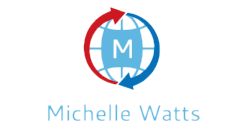


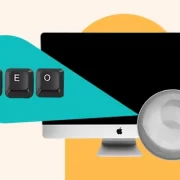
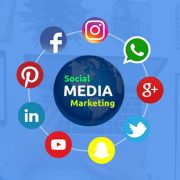


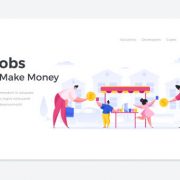
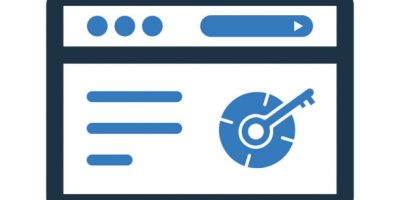









Comments